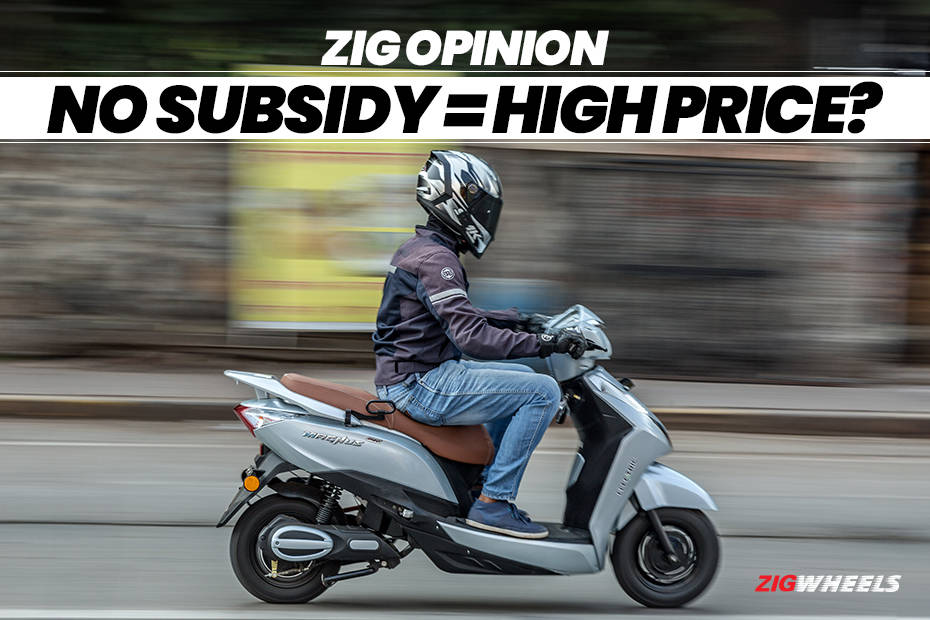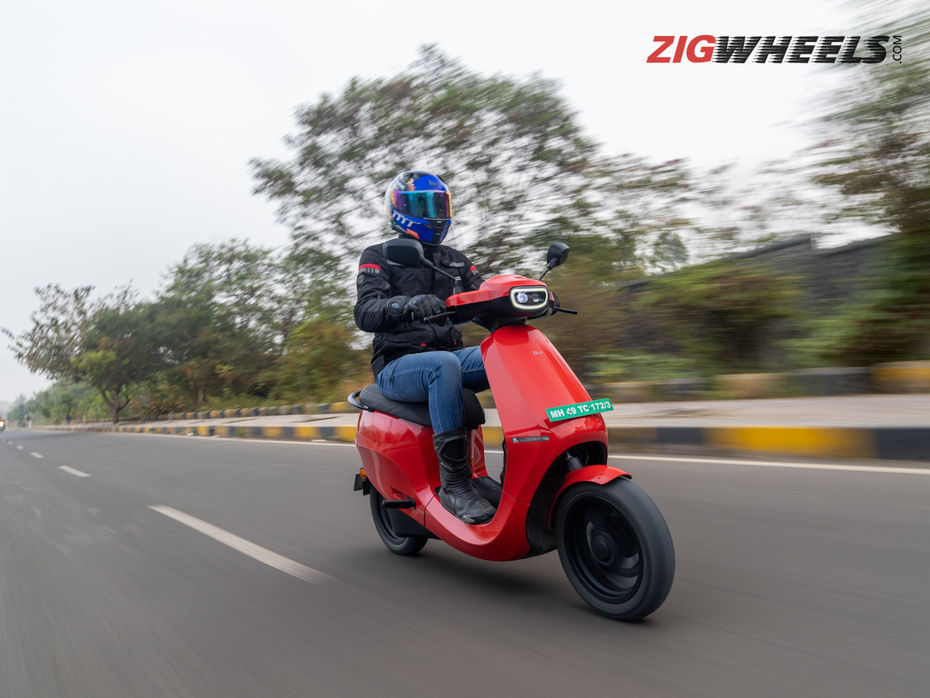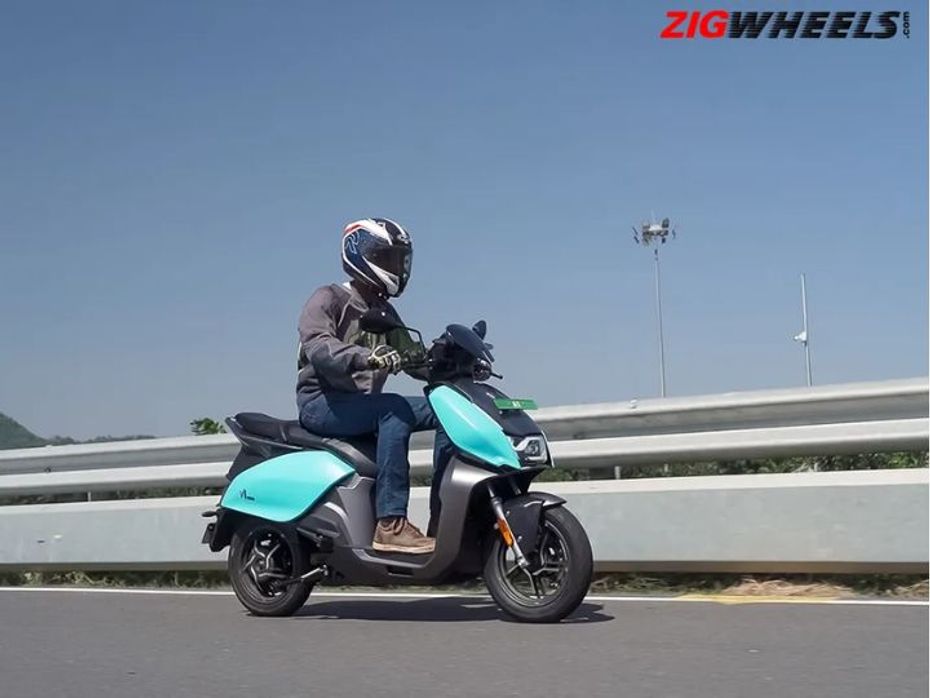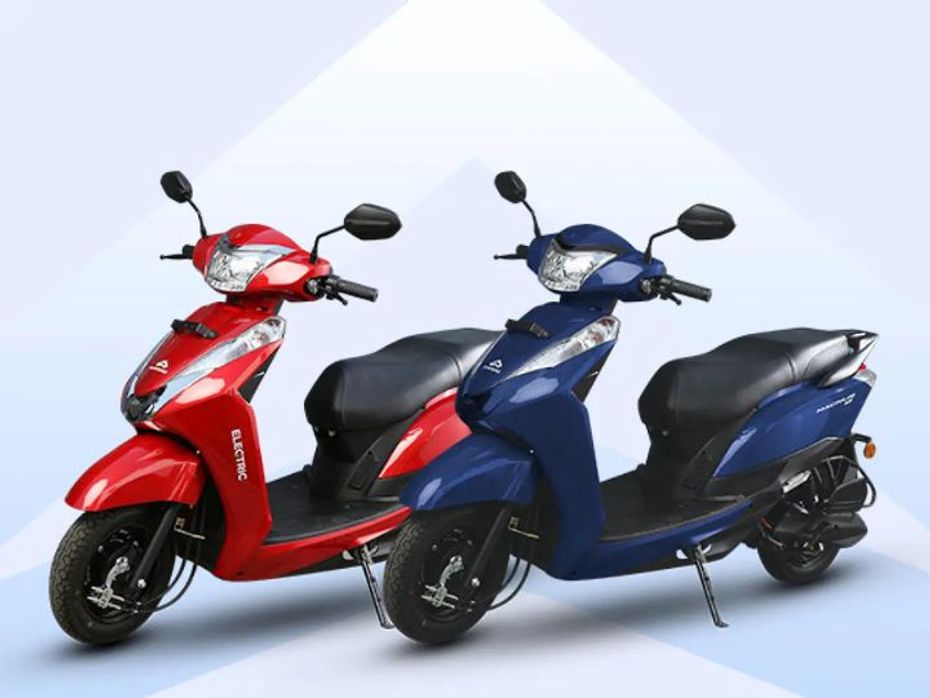
Best Electric Scooters Of India - Who Promises The Most Range,...
- Jun 6, 2023
- Views : 11711


EV Subsidies were one of the biggest reasons why we saw such a massive increase in adoption of electric 2-wheelers in India over the past few years. The FAME Phase 1 (Faster Adoption & Manufacturing of (Hybrid &) Electric Vehicles) was an Indian Government initiative to subsidise the price of electric vehicles for buyers, where approximately Rs 529 Crore was allocated between 2015 and 2019 to incentivise buyers to switch to electric. In simple terms, you can think of these subsidies as a cashback from the government for the purchase of an electric vehicle. This scheme allowed for a subsidy of between Rs 1,800 to Rs 29,000 for EV 2-wheelers depending on the size of the installed battery pack.

In 2019, FAME Phase 2, or just FAME 2, was introduced with the government allocating Rs 10,000 crore to incentivise the purchase of approximately 5 lakh EV 2-wheelers apart from electric cars and buses as well. FAME 2 upped the subsidy for electric 2-wheelers from Rs 10,000 per kWh of battery capacity (in FAME 1), to Rs 15,000 per kWh. This saw a major drop in prices for premium electric scooters in India, leading to the drastic increases in sales of Ola, Ather, Bajaj, Ampere and other EV scooter makers.
Although the FAME 2 subsidy was supposed to end in 2022, the government sanctioned an additional Rs 1,500 Crore to extend FAME 2 by another two years, while reducing the subsidy amount per vehicle. And even after the end of FAME 2 in March 2024, a new initiative called EMPS (Electric Mobility Promotion Scheme) was introduced with an allocation of Rs 500 crore to extend a flat subsidy of Rs 10,000 on electric bikes and scooters till 31 July 2024. But as we covered in a story recently, an additional Rs 500 Crore was added to EMPS to continue the scheme till 30 Sept 2024.

Although 2024 has seen more EV sales than any other year before, once FAME 2 went away , people have been shying away from buying electric 2-wheelers. Even with the introduction of EMPS, sales of all EV 2-wheeler makers have taken a dip. Just looking at the August 2024 sales data, market leader Ola saw a drop of 32 percent in month-on-month sales, while Ather saw a 29 percent drop. Surprisingly, Greaves Electric (aka Ampere) saw only an 8 percent drop, while Hero MotoCorp (Vida) had the smallest drop of just 5 percent. In Ampere’s case, it’s most likely because of the more budget models they have on offer, and in the Vida’s case, we think it's because V1 models have now become available in more cities.
But basically, with no mention of FAME 3 in Budget 2024, this is probably the last time any subsidy would be available, at least for a little while, and it’s probably also the best time to buy that electric scooter you’ve always wanted.
In simple terms, prices of electric scooters and bikes will increase, by Rs 10,000 at the very least. When FAME 2 ended in May 2023, prices of popular EV scooters went up quite a bit. For example, the ever popular Ola S1 Pro’s price jumped from Rs 1,24,999 to Rs 1,39,999. The Ather 450X also saw a price increase from Rs 1,57,000 to Rs Rs 1,65,000. Heck, even more budget EVs such as the Ampere Magnus went from Rs 77,249 to Rs 1,04,900 (all prices ex-showroom).

the automobile community
Now post EMPS, we expect all manufacturers to hike up their prices by Rs 10,000. Is there any way around this though? Well let’s look at manufacturing costs themselves. The most expensive single component of EVs are their Lithium ion battery packs. But since 2015 (when FAME was originally introduced, the prices of Li-ion cells have seen nearly a 66 percent reduction in costs, going from 300 USD (approx Rs 25,000) per kWh to just Rs 107 USD (approx 8,900) per kWh in 2023.

And let’s not forget, most of the established EV 2-wheeler players in the Indian market have been manufacturing their EVs for quite a few years now. So economies of scale dictate that manufacturing costs of these EVs should have dropped, and when combined with the decrease in Li-ion cell prices, significantly so. Now granted some of these manufacturers might have been taking a financial hit in the initial years to increase their sales. But shouldn’t we be at the point now for current prices to stabilise?
The sceptic in me thinks that the subsidies going away is going to be the excuse for manufacturers to increase their bottom lines by increasing prices and blaming it purely on the lack of subsidy. Although I believe their production costs could easily allow them to keep selling their EVs at the same, or lower, prices while still making a profit.
Currently, electric 2-wheelers make up more than half of all EVs sold in India today, and account for over 5 percent of the total 2-wheeler market share. While 5 percent might not sound like much, understand that there are many ICE 2-wheeler makers who don’t command this much market share.

Honestly, I believe that both manufacturers, and buyers, need to stop depending on government subsidies for EV 2 wheelers. If the government’s lofty goal of reaching 30 percent electrification of vehicles by 2030, maybe it’s time for manufacturers to take a slight hit on their bottom line and start pricing their products in a fair manner. Clearly the demand is there, and is only set to grow. Maybe, it’s time that us buyers really made our voices heard.

Best Electric Scooters Of India - Who Promises The Most Range,...

The 2025 Ather 450 Put Through An Insane Track Attack Challenge...

2025 Ather 450 Incoming: Here’s What It Could Be Capable Of

Ather 450 Apex, 450X and 450S Prices To Increase From January 1, 2025

Ather Energy Announces Festive Offers for the Ather 450X And Ather...

Ather Energy Developing Two New Platforms For Upcoming Electric Bikes...

Ather’s Fast Charging Station Locations Now On Google Maps

Ather Energy To Enter The Sri Lankan Market Soon

Ather Rizta Deliveries Commence In Select Cities
 Honda Activa e
Honda Activa e
 Bajaj Chetak 3501
Bajaj Chetak 3501
 TVS iQube
TVS iQube
 Ola S1 Pro
Ola S1 Pro
 Ather 450X
Ather 450X
India's largest automotive community
 Ather 450X
Rs. 1.49 Lakh
Ather 450X
Rs. 1.49 Lakh
 Ather Rizta
Rs. 99,546
Ather Rizta
Rs. 99,546
 Ather 450S
Rs. 1.21 Lakh
Ather 450S
Rs. 1.21 Lakh
 Ather 450 Apex
Rs. 1.99 Lakh
Ather 450 Apex
Rs. 1.99 Lakh
 Mahindra BE 6
Rs. 18.90 Lakh
Mahindra BE 6
Rs. 18.90 Lakh
 Hyundai Creta Electric
Rs. 17.99 Lakh
Hyundai Creta Electric
Rs. 17.99 Lakh
 Vayve Mobility Eva
Rs. 3.25 Lakh
Vayve Mobility Eva
Rs. 3.25 Lakh
 Mahindra XEV 9e
Rs. 21.90 Lakh
Mahindra XEV 9e
Rs. 21.90 Lakh
 MG Windsor EV
Rs. 13.99 Lakh
MG Windsor EV
Rs. 13.99 Lakh